Preparing the Online Version of SPAF on Its 20th Anniversary
Emilia Youn-kyung Lee /
Leader of the Performing Arts Planning Team
at the Korea Arts Management Service
It has been already 15 days since the beginning of the year 2021 but it doesn’t really feel like a new year. The coronavirus is so persistent that it is still infecting hundreds and thousands of people every day.
In 2020, COVID-19 made us strive to be closer to an uncertain future. Throughout the year, we had mixed feelings of expectations and frustration, hope and despair. Such a crisis has led us, cultural administrators, to sincerely pay tribute to so many artists who would have experienced much stronger emotions.
The year 2020 was a meaningful one marking the 20th anniversary of the Seoul Performing Arts Festival (SPAF) I’m in charge of. It is certain that each of my colleagues preparing the festival with me would have thought about how to celebrate that occasion. But nobody imagined that we wouldn’t be able to welcome the audience at theaters and that we would do everything online.
Earlier last year, we had a vague hope, saying, “It would be just a temporary crisis.” or “A vaccine would be developed soon.” But the coronavirus didn’t stay just for a short period of time. Finally, we became unable to invite international performances for the first time in the festival’s history. We made that decision in mid-June. We observed so many other organizations, events and festivals who had made that decision before us. We also read daily news and information from around the globe. Under these circumstances, we changed our decision several times a day. And at last, we accepted the reality. Above all, international performing arts companies couldn’t agree to self-isolate for two weeks after their arrival in Korea and for another two weeks after they go back to their countries, quarantining up to a month. We perfectly understood their refusal to come and their feeling.
As the international artists refused to come to Korea, they left an empty space at the festival, which served as an opportunity for a greater number of Korean artists. Although we invited them belatedly, all of them willingly agreed to join the festival. It was like having more soldiers in our forces as we were fighting an invisible enemy. It felt really reassuring.
Nevertheless, we had to start having even bigger and more intense discussions from then on. To organize SPAF, we rent public theaters, which may be forced to close depending on Korea’s social distancing level. So we weren’t even sure if we could ever organize the festival. We then decided to prepare the festival and canceled it several times a day and such an uncertainty persisted for days. In this context, my colleagues, me and the entire staff of KAMS came up with multiple plans about how to change the form of the festival. In every way, the only answer was to organize the festival online. At that moment, everyone would have been thinking, “I would do anything but an online festival!”
Every year, we have worked to meet our audience for the month of October. So for quite a long time, we never imagined that we would organize the festival online. One of the artists I met for the festival said, “I really didn’t know that SPAF would be held online.” I could fully relate to the artist. We were running out of time. But even if we had 48 hours a day, we had to choose one of the two options: cancel the festival or prepare it online. Just before Thursday, October 8, 2020, the day when the festival was supposed to start, there was the Chuseok holiday period (Korean Thanksgiving Day) and the National Foundation Day of Korea. The opening day of the festival was also part of the long holiday period.
We discussed dozens of times every day but we couldn’t find the answer even though there was one already. So we gathered together the artists participating in the festival to speak with them. They may have thought that the secretariat of the festival already had a conclusion. It is true that we actually thought too much to the point that we became somewhat emotionless.
Some artists also said, “Please make a decision so that we could prepare for the festival promptly in any direction.” In other words, the participating performing arts companies started accepting an online festival one by one while even I was still reluctant to go that way. It was fortunate for sure but at the same time, I realized that from then on, we would have a huge number of additional questions to answer.
On what platform will we organize the online festival? Of course, it would be either YouTube or Naver...
How could we film the performances? Who do we need to contact for that?
Should the performance videos be paid? Would people pay for them?
Wouldn’t there be any problem I overlook and find just before the festival?
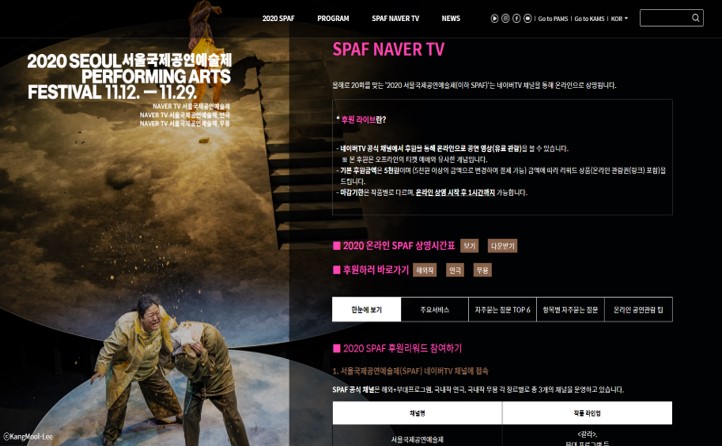
Website of SPAF (SPAF NAVER TV Section) ⒸKAMS
As festival organizers, we were facing such a great challenge of making sure everything goes smoothly. But the participating companies also had to meet the imminent challenge of filming their performances. As for the premieres, the artists had to produce and film their works at the same time so it would have been much more challenging for them. None of my colleagues and me had worked to meet the audience through screens of computers or mobile phones. Put differently, we had never prepared online performances. So whenever we made a decision, we had to gather everyone’s ideas. Such a process was quite inefficient in terms of time allotment and work speed. Nevertheless, this work style was helpful to some degree. That is because it helped us minimize problems by getting together and checking each other’s work whenever we got some knowledge or whenever we needed to reach an agreement during such a short period of preparation.
It would be too long to write about how my colleagues and me coped with the pandemic. So I will focus on sharing what we experienced in the process of producing performance videos in order to welcome the audience online.
We Already Have a Video Director We Have Worked with and We Know Well
Is a filmed performance a performance or a video? This may sound silly but as an organizer of a performing arts festival, I sometimes don’t have a clear answer. I once thought, “The performance was filmed because we can’t present it on stage. So it is a product made in line with the performance for sure.” On the other hand, I was sometimes forced to consider it a “video” because the product is a video. In both cases, I realized that a performance video is produced as a result of an invisible and ceaseless fight between different professionals. In order to make a performance video “well,” the director of the performance and the video director sometimes need to know each other to a certain point. Unless one of the two directors gives up on half of what they try to do, their project may go sour in the worst case scenario.
Half of the participating companies said that they already had video directors or performance directors who are knowledgeable about their artistic language. We kept thinking about what to do and we finally decided to accept their proposal. In other words, while the video company hired by the festival filmed the participating artists’ performances, we also allowed those already working with their own video teams (or video directors) to keep collaborating with them for their filming. Fortunatetly, the video company that joined the festival was excellent at finding the best ways of transforming performances into videos for a short period time, considering each performing arts company’s characteristics. So the participating artists liked the experience of working with the company. In the case of the artists who filmed their performances on their own, they didn’t have much time to work so they had to make their videos very quickly. But I do believe that they put everything they wanted to express into the vidoes.
Originally, a festival just provides a stage and it is up to the artists to fill it in a limited amount of time. When a festival presents a hundred performances, those hundred works are all different. In the same vein, the diversity of the performance videos helped us feel the festivity of the online festival even a little.
Paid or Free, That is the Question
Immediately after deciding to organize an online festival, we faced a big question: whether the performance videos would be paid for free.
The participating artists would already have discontent or concerns they couldn’t tell anyone due to the absence of the revenue coming from performance tickets. But from the perspective of festival organizers, we couldn’t help taking the issue seriously because the number of viewers of online performances would be regarded as a factor determining the success or failure of the festival. The number of views of previous videos is shared as soon as performances end. And the sales revenue of the few paid performances is also inferable. So the opportunity cost that would be generated as a result seemed to be clear in each of the two options.
In the framework of the festival, we decided to meet a challenge that would sound quite difficult for individual artists or performing arts companies. From the second half of 2020, people were increasingly saying, “Until when would we watch performance videos for free?” So it was an opportunity for us to try to test the value of the performances. However, SPAF is a performing arts festival that has regarded the liveness of the performing arts as a sublime value more than anyone else. So some people also gave us this advice, “It is true that the videos are made out of performances. But if you make the audience pay for the videos during the online festival, they may misunderstand your intention and think that the very values of the festival have changed.” That point bothered us so we coulnd’t simply say, “Let’s give it a try!”
First of all, it was challenging to fix the price. We came up with several concepts of choosing the price, like “happiness of 1,000 won,” “Why don’t we stop buying one or two cups of coffee?” After going back and forth to choose the right price, we finally fixed the minimum price of 5,000 won. We chose Naver TV as the platform for the performance videos. The platform has a payment system in the form of sponsoring live performances. So we invited people to be sponsors paying at least the minimum price to watch a performance video.
After the festival was over, we checked the final revenue. The revenue combining big and small amounts was a result that was valuable than the ticket sales of any previous event. It is true that the revenue was much smaller than that of the actual ticket sales. Nevertheless, such a result is very meaningful because it proves that there are people who watch paid online performances, even if only one person watches a performance after paying 5,000 won.
I Rate My Performances. But Why Can’t I Do So for Performance Videos?
Right after deciding to offer paid performance videos, we ran into a problem which had been regarded as the tip of the iceberg: video content rating system.
Performing arts companies have rated their performances (age group of the audience) on their own. But they have to respect regulations on video content to rate performance videos. Moreover, as we decided to provide paid performance videos, the artists couldn’t avoid going through an official rating procedure for their performance videos.
As the pandemic led to an overflow of videos, online video service platforms were in a race to get ratings for their videos. So in accordance with the regulations, we would get ratings for each performance video after a review period of 14 business days. And it is illegal to share videos without specifying the official ratings. I got so anxious.
In short, it would take at least three to four weeks for each work, considering the period of filming, editing and checking it, applying for a rating and actually getting the result. So we had no choice but to postpone the festival.
The media reported such a process, albeit not in detail. And we were even likely to cause damage to relevant organizations. So I worried so much that I lost weight even if I was just sitting in my office, which was a first for me. We had decided to get the official ratings for the performances under the law so we really wanted to avoid changing the festival schedule. But without securing additional days, we could even change the schedule after the opening of the festival in the worst case scenario. So we couldn’t help changing the festival period.
Under these circumstances, the assistant manager in charge of video content rating at Korea Media Rating Board (KMRB) would have been bombarded with phone calls. Everyone was concerned about the “performance videos” and “review of video content for rating” so not only me but also other relevant organizations would have asked them similar but very different questions. As the festival was nearing an end, we were happy about the fact that all the performances were rated before the festival and we called the KMRB to thank them. And the assistant manager smiled and said, “Our schedule of reviewing video content was adjusted to rate the performances of SPAF...” It was so touching to hear that.
Echo Never Coming Back... Copyright Holders, Where Are You?
As explained above, we decided to respect relevant laws for the entire process of organizing the online festival, having all the performance videos go through a review for rating. But there was another problem. It was about copyright.
In fact, copyright is something we must always respect whether a performance is presented online or not. But preparing offline performances, it is true that we sometimes overlooked copyright issues. As performances are filmed, they are shared on the internet so they are much more likely to face copyright issues compared to offline performances. So we realized that it was time to reaffirm the concept of copyright.
The festival presented only one international performance. But the performance didn’t have any foreign performer. Instead, the performing arts company provided a meticulous manual for the work and a Korean creative team produced a performance based on the manual. They carefully followed the manual as much as they could, in order not to distort the performance’s original intention. Under these circumstnaces, there was something that went unnoticed and even the festival organizers didn’t know about it at first. That was also about copyright.
This is what the manual of the performance told us to do. First of all, performers are selected through a rigorous audition. After that, they choose their favorite songs or songs that make them feel comfortable in order to dance to the music. We followed that process. But it turned out that the songs chosen by the performers had copyright problems. For some of the songs, copyright fees were too high. For others, it was very difficult to find their copyright holders. But we were almost done with filming and editing the performance and the original intention of the work was clearly reflected in the performers’ musical choices. So we couldn’t even think of changing their music.
After a bitter period of two or three weeks, we finally got phone calls from the copyright holders. It was truly a moment of relief!
As performances are filmed, not only what is seen and heard but also what is invisible in the videos is linked to numerous copyrights. Both for offline and online performances, we must observe relevant laws and regulations. We didn’t know about those laws in detail and we even thought that those laws didn’t concern us directly. But this occasion made us realize that artists and those in the arts scene who are closely connected to such issues should be guided through those laws in a culture respecting the law.
So When Will the Performance Start?
As I explained earlier, we have rented public theaters to organize SPAF. Last year, I had rented theaters for the festival for three years already. So I got used to the system year after year. Nevertheless, theaters need constant management work to maintain their good condition. That is because they are equipped with so many tools and they keep operating things the public is unaware of, in order to stage performances. That is why theaters need so many helping hands.
Of course, all these things are connected to so many regulations and rules. At the beginning, I didn’t know much about such regulations. I did know that I needed to respect the rules but I was actually thinking, “It is too strict...” or “Only theaters may know the rules.” So I communicated with theaters while suppressing my doubt. It was so hard.
As the years went by, things got better. We understood each other better and collaborated better. Then came the pandemic and our phone and email communication doubled. In such a situation, there was a topic we discussed more frequently than any other issue. That topic was “When will the performance start?”
As for offline performances, it is quite clear when performers prepare a performance, when they rehearse and when they perform on stage. But online performances are very different from offline ones. We had as many as 17 performances that were filmed for the festival. These works are very different from each other. But all these performances were different from their offline versions. That is, the performances were filmed scene by scene so it was rare to present a full-length performance online.
As scenes were filmed separately, the time to prepare the performance became the time to perform and the time to perform became the time to film. For those in charge of the stage at the theater, this sounded so confusing. But fortunately, they responded to it in a flexible manner. If we had become too sensitive, we would have faced a bigger problem. Despite this, they kept asking us this question, “So when will the performance start?” Whenever a performance is presented, all stage teams get ready for it in order not to cause any problem like turning the lights on and off. But this time, they had to be ready all the time so even if they were aware of the situation, they would have asked the question to prevent any problem.
A theater for the performing arts is originally a space where people prepare a performance on stage and welcome the audience coming to watch that performance. But as we came to live with the coronavirus last year, a theater became a space that cannot be accessed by anyone easily, let alone the audience who used to be moved by performers’ little hand movements. It was so regrettable. As the situation got a little better, Korean theaters were once able to fill half of their capacity and now, less than half. So the damage in many performing arts fields is tremendous. That is why I sincerely hope that the safety of watching performances in theaters is widely recognized so that the performing arts scene can regain its vitality.
I Was So Nervous and I didn’t Have Any Script But I Could Do It Anyway!
Just before the online festival, we had to make all-out efforts to promote the event. For an offline event as well, there is a period of concentrating on promotion and ticket sales. But last year, we had no idea about how to organize a festival in such an unusual way and how to attract invisible audiences.
We thought about many ideas and we finally decided to produce additional videos explaining the content of the performances. As SPAF mostly presents plays and contemporary dances that may look difficult, many people said that we needed to make the festival more familiar by adding some explanation. That is why we produced these videos.
We asked Ms. KIM Soohyun, senior reporter at SBS who was in charge of podcasts about performances, to serve as the MC. And we also decided to invite critics (Ms. LEE Kyungmi and Ms. KIM Yerim) to ask them to provide colorful and easy explanations for the performances of different genres. All three of them had a great affection for SPAF so fortunately, they didn’t hesiate to help us despite the short notice.
On the day of the preliminary meeting, we gathered in the meeting room. As the three ladies listened to our explanation, they looked nervous and worried more and more. All of them said, “The general direction of the project is somewhat different from what we thought but we could adjust to it. But the problem is that we aren’t sure if we could prepare this in such a short period.”
Then many people asked me to talk about fun things about performances in the form of a backstage tour, saying that I’m well aware of different situations as the festival organizer. So I ended up joining the three ladies in the video. I thought that I would be given a script so I didn’t do much to prepare for it. But those in charge of video production gave me only a list of performing arts companies and their works in order to remind me of the order of the shows. They probably didn’t have time to write a script so quickly. So there was no script.
I was about to go to a filming studio but it was in the office of a well-equipped company. I was used to such a setting and I didn’t feel the need to put on makeup. So just like what I do every morning before going to work, I quickly finished my makeup and hairdo. But seeing the three ladies entering the studio with such a lovely makeup, I felt really betrayed (?) and I even broke out into a cold sweat. But the concern about how I looked was just temporary. As soon as the camera was on, I forgot about my face without makeup.
Moreover, I was able to talk more comfortably than I had thought. That was because all the memories of organizing the 2020 festival were quite unique and vivid. Before the festival, we prepared for the press conference. We had meetings to clarify the direction of video production. We communicated with the artists frequently to solve many problems. In that process, I accumulated different memories. So by the time I joined the video explaining the festival, I was capable of talking about the performances and things related to them effortlessly. Thankful that this task was also going all right, I talked about dances and plays in the morning and afternoon respectively and sighed with relief.
In order to share performance videos on YouTube or Naver TV, my organization and me need unique ways to be competitive and to attract more people. In this regard, I think that preparing such online performances could be rather burdensome for those who do it for the first time. In short, it is now essential to think in advance about how to make our organization visible in the most effective way and how to attract people online.
Ten Thousand Hearts and Chat Become Part of Our Daily Lives
I still can’t forget the day. It was November 12, 2020, 8 p.m. I tried hard not to mind it but I felt really nervous because of the online festival’s free program, where people would see my face. I then heard some mouse clicks and I found out that my colleagues were sending so many hearts to the video featuring me. It was such a touching moment!
Even before an online performance starts, people can send “hearts” to the video. By sending hearts in advance, they seemed to be saying, “I love this performance!” or “I’m rooting for the artists. Cheer up!” I could feel that they were with us in the same space to watch the performance. Every performance at SPAF received 10,000 to 15,000 hearts. Sending a heart is nothing but a click of the mouse but it felt really great.
At the festival, there was a element that was loved by many people. That was the online chat during or after each performance. For some performances, such a chat even went on like a talk with the audience in an offline setting. For almost all the performances, their choreographers, directors and performers watched them online with the audience and after the show, they had a brief talk.
I never wanted to speak with actors and actresses after watching movies at Netflix or Watcha. But the performing arts have a culture of talks between performers and the audience at the end of performances. So after watching a performance video, I felt a thirst for talking to the performers, seeing an empty chat window. So our attempt to enable the talks may have quenched such a thirst. Indeed, many people participated in the chat. It is true that they sometimes made my colleagues feel nervous by saying, “I don’t hear the sound.” or “Am I the only one to hear such a weak sound?” But most of them were excited to tell us how they liked the performances and they enjoyed talking to the creators. Above all, some of the creators and choreographers, whom we had found rather passive, actively responded to the audience’s comments like “I loved your performance!” We were so happy to see that. Naver, the portal site that collaborated with us for the online festival, praised us by saying, “It is the first time to see such a high-quality live chat. That is what SPAF is about!” We were so grateful.
An Unexpected Change on the 20th Anniversary
Prepared in this way, the online version of SPAF in 2020 finally ended with as many as 3,686 sponsors (including those of the free program) on Naver TV for 18 days. The number is less than half of those who visited the previous festivals. Nevertheless, all of the sponsors are so precious because they were with us as we were taking a new step on our 20th anniversary. That is why the result is all the more meaningful.
A new form of the festival couldn’t be discussed without mentioning the video production of performances. At first, the participating companies found it difficult to accept the reality of showing only videos of their works. However, they adapted to the change faster than anyone else and they achieved their own results with creative enthusiasm. Without their efforts, we couldn’t have held the festival. That is why we can’t stop praising the performing arts companies whenever we are asked about the festival. In addition, those filming the performances and video directors quickly joined us to produce high-quality videos. They are hidden helpers. None of them raised their voices to insist on the professionalism of video production. Instead, they were so understanding that they accepted the given situation.
As I mentioned earlier, a performance video is a result of a great tension between two different fields: performing arts and filming. As a prerequisite for this festival was the impossibility of performing in a physical space, neither of the two fields could go ahead of the other. And everyone accepted it and worked in harmony, which was beautiful.
Some people may keep talking critically about the online version of SPAF, which celebrated its 20th anniversary in 2020, and about the festival’s video production of performances. Since my colleagues and I hadn’t planned such an online festival actively from the beginning, we actually beat ourselves up for a while, saying, “It was just a temporary measure!” Nevertheless, we did learn by experience how to make performance videos and how to prepare an online festival. So we are willing to share even our little knowledge if it can be helpful for someone. That is because what we need to do now is to share our ideas and to walk hand in hand, even if we may have to put on gloves.








 PREV
PREV
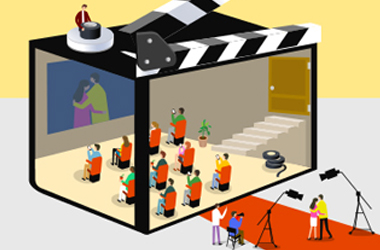
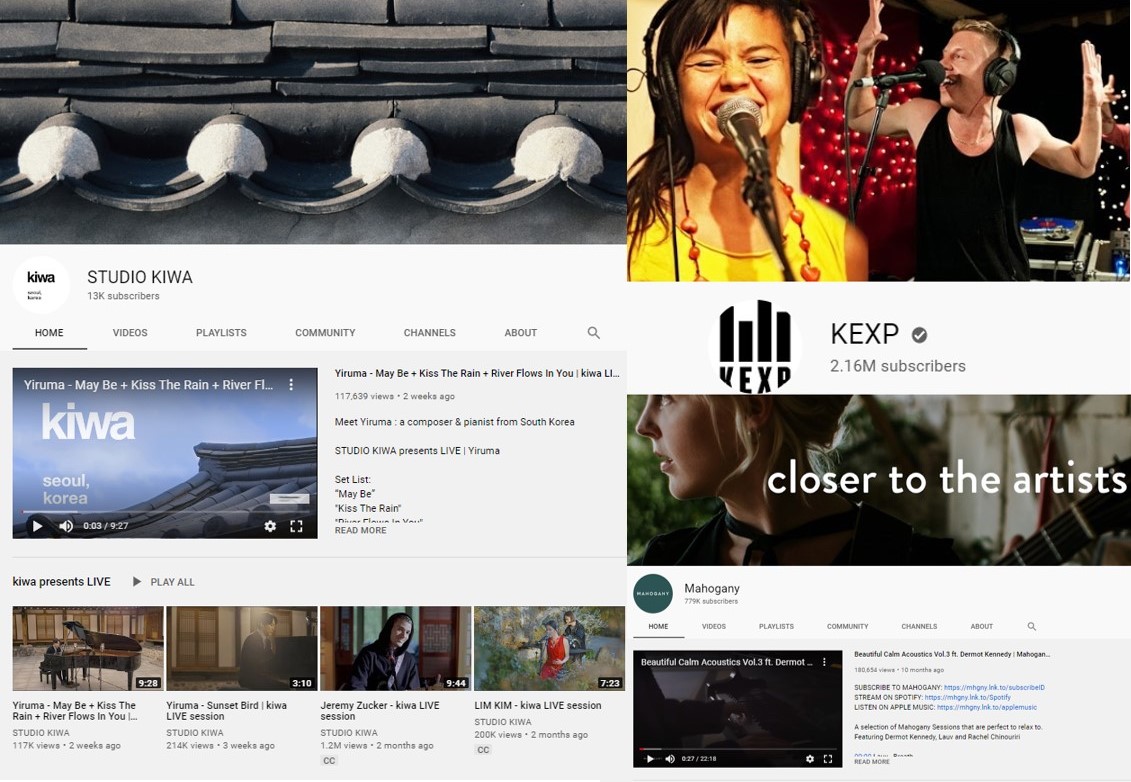
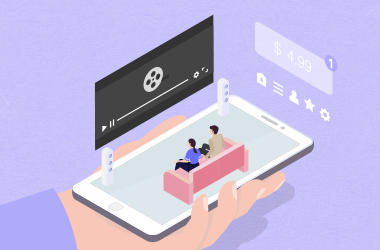
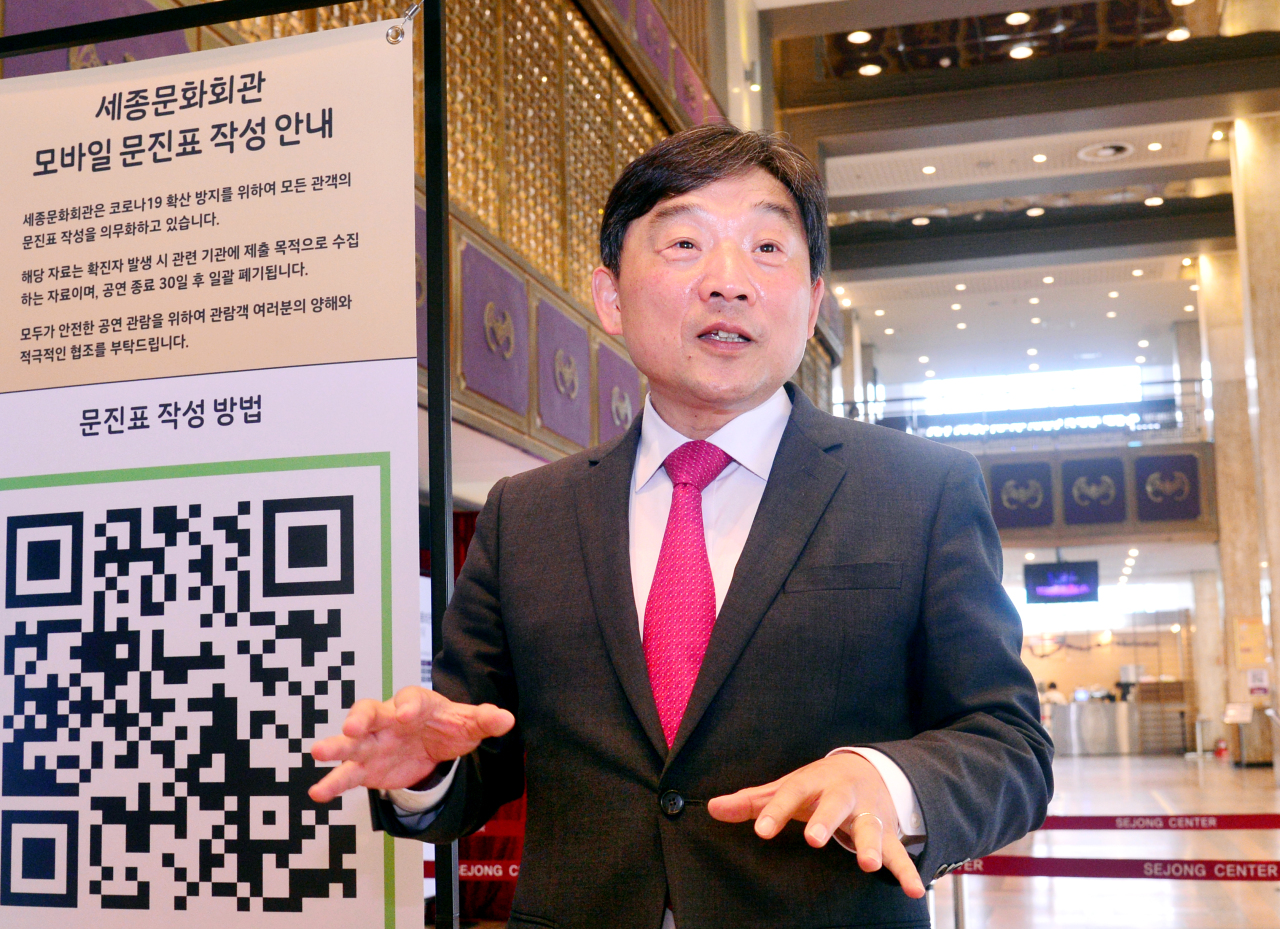
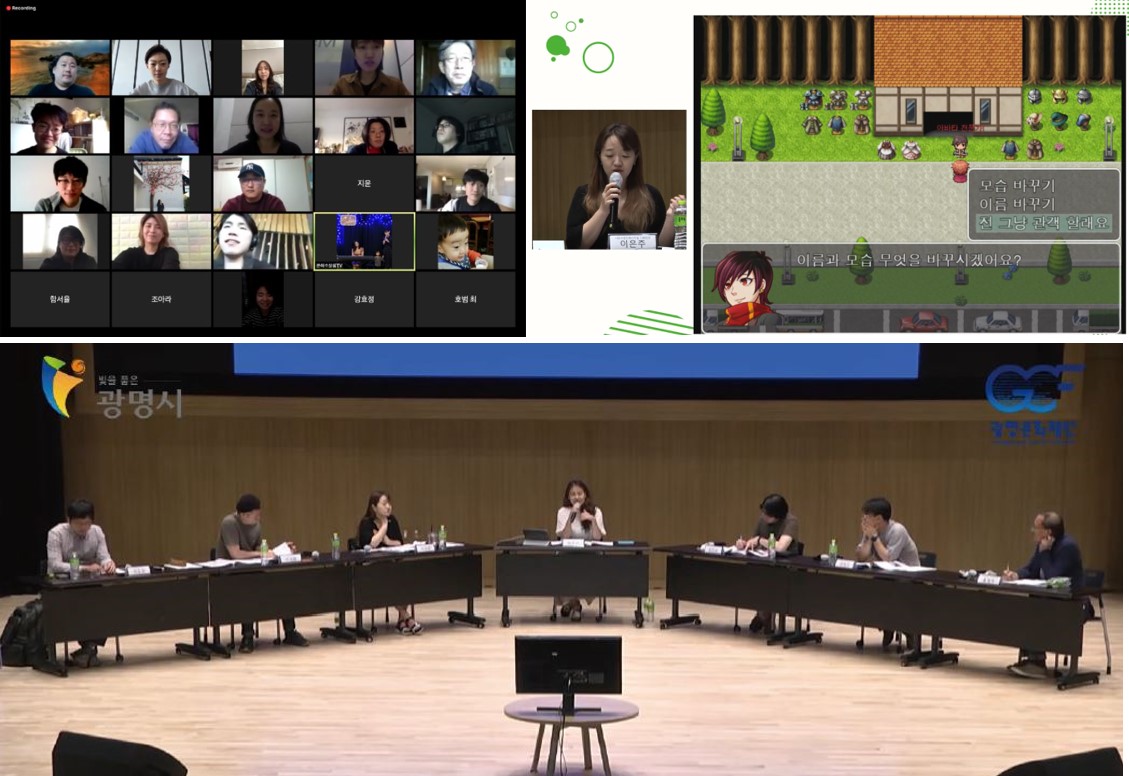
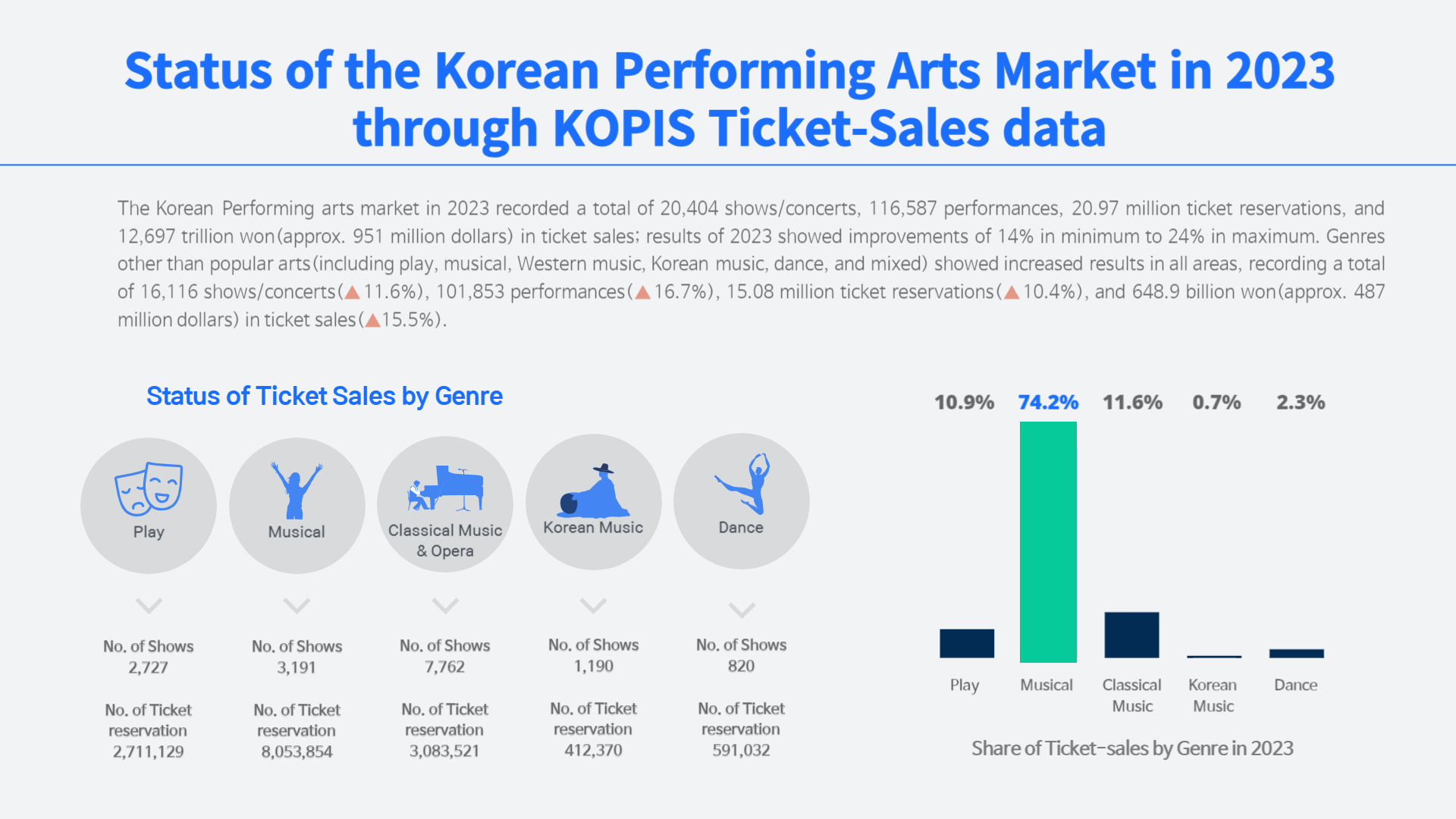
.jpg)
.jpg)
.jpg)
.jpg)











